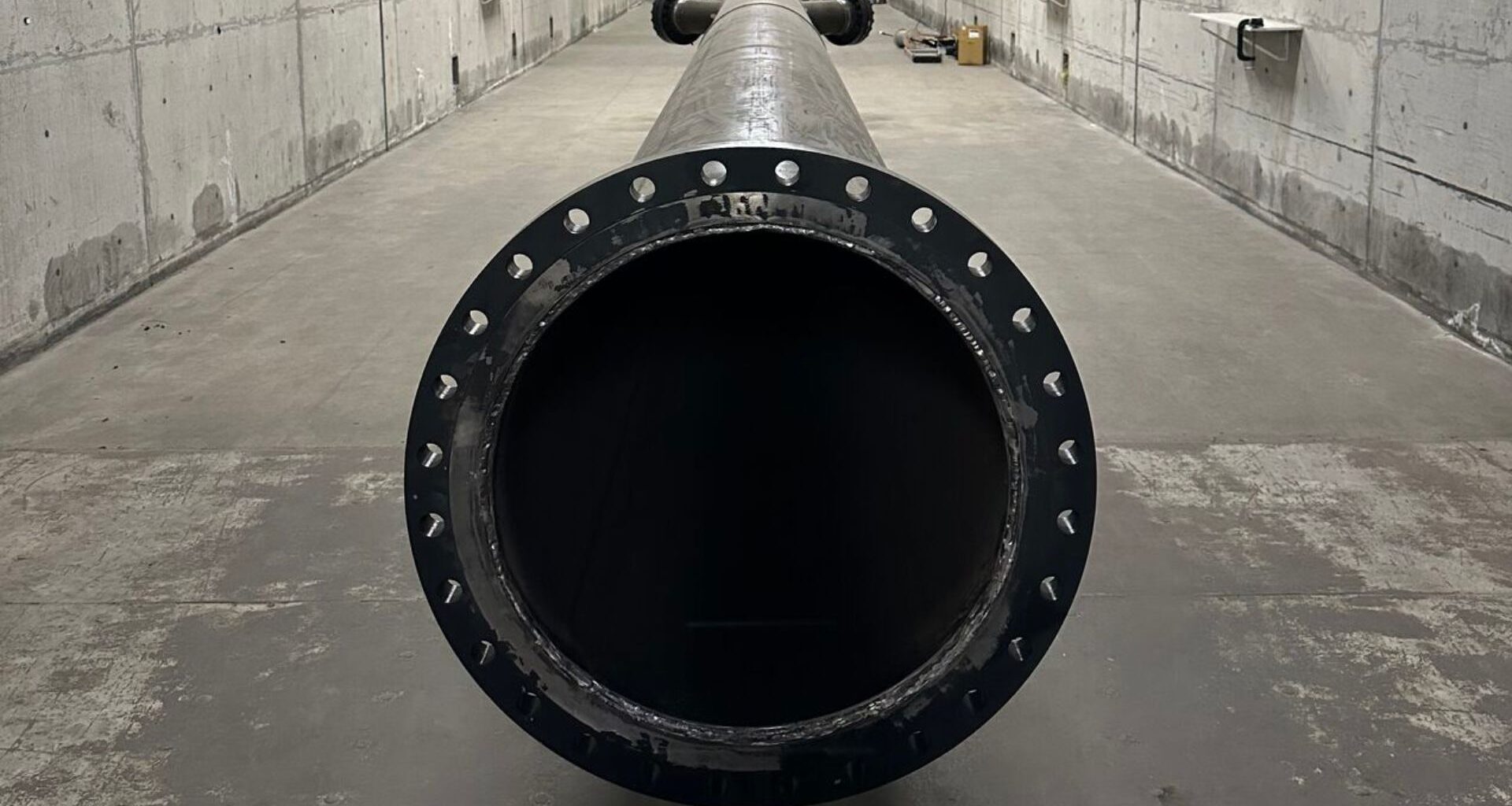Longshot, an aerospace technology start-up founded in 2021, is developing a launch system to shoot payloads, such as satellites, into Earth’s low orbit.
This ground-based kinetic launch system, or “space gun,” aims to reduce the high cost of launching payloads into Earth orbit.
Earlier, the US-based company announced it had leased a former U.S. Navy indoor cannon testing facility at Alameda Point from the City of Alameda.
Longshot will utilize the highly reinforced former Navy facility — originally used for testing weapons like the Phalanx system — as its dedicated build-and-test center.
The company plans to use the site to construct and test a massive, next-generation accelerator prototype: a 30-inch-diameter, 120-foot-long gun that is expected to be the “world’s largest operational cannon.”
As per the company’s website, this cannon will be to “gradually accelerate a projectile up to orbital launch speeds.”
Engineering inspired by WWII
The Longshot system is a ground-based accelerator that uses multiple injection stages to launch payloads at hypersonic velocities.
Reportedly, the concept of Longshot’s launch system is inspired by Jules Verne’s 1865 novel From the Earth to the Moon.
The technology revives a concept known as “multi-injection,” first used in the V-3 cannon during World War II, which involved adding timed charges along a barrel to accelerate a projectile.
In its staged-injection system, Longshot replaces the traditional explosive charges with compressed gas.
This launch mechanism accelerates a payload along a tube, expelling it at high velocity just above the horizon.
The theoretical goal is to achieve extremely high supersonic speeds, requiring only a small onboard booster rocket to complete orbital insertion for payloads such as satellites or supplementary equipment (it is not designed for human passengers).
Although to reach space and stay in orbit from a near-flat trajectory, the company says the launch vehicle needs to reach speeds more like Mach 23.
Mach 4 speed in testing
The company has completed over 100 launches at its original Oakland facility, with recent tests achieving speeds exceeding Mach 4.
This progress has attracted significant financial backing, including funding from the U.S. Air Force SBIR program and a $4 million round from high-profile investors such as Starship Ventures, Draper Assoc., and OpenAI head Sam Altman.
Longshot is currently awaiting approvals to begin construction on a launch facility near the Tonopah regional airport in Nye County, Nevada.
This planned site is intended to host a gun large enough to launch payloads into orbit, potentially. The proposed structure will be a steel tube with a 3-foot interior diameter, stretching over half a kilometer (within a one-mile-long, 100-foot-wide area), and feature multiple gas injection boosters along its length.
While tests are currently limited to catch boxes and berms, the company is pursuing permission for altitude tests.
Reportedly, a secondary business opportunity arises from the Nevada location’s proximity to the Nevada Test Site: Longshot could use its launcher to supply the U.S. military with supersonic payloads for countermeasures testing.
However, Longshot’s core mission is to provide a cheaper, infrastructure-based alternative to rockets, transforming the economics of the new space age.
In an era of increasing orbital launches, rockets’ high marginal costs make them an unideal choice for routine space transportation. If all goes as planned, this new space gun could help reduce costs with its quick-launch facility.

